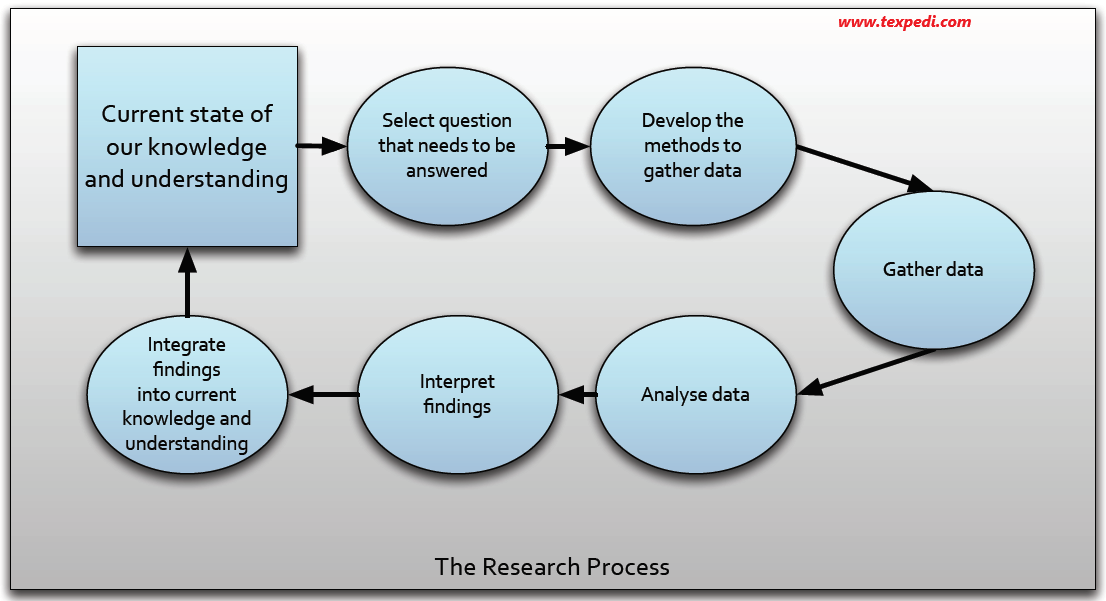Journal quartile in Web of Science and Scopus: Researchers want to disseminate the results obtained by their relentless work on a particular field or subject by publishing it in various national and international magazine, periodicals, scientific reports, journals books or book chapters. Before going for publication process started, authors choose a best suited journal for their works.
Introduction
Journals are chosen based on some factors for example, field of works, results (whether any significant improvement or not), is any modelling or simulation provided in the manuscript or not that means whether the work is solely experimental or combination of experimental studies and analytical studies or numerical analysis by modelling-simulation, author’s affiliation or research lab (if author is from a renowned university or institution with modern laboratory facilities, then s/he has better chance to publish in any good quality journal. This is nothing but data validity issue.), and so on.
Why you should choose right journals?
Journal selection is thus really a crucial task before submission. Because, if the proper journal is not selected, then more often manuscript is turned back. However, after working hard it is useless to publish the research findings in any predatory journals, magazines, or other commercial online-based platforms. That is why it is always preferred to publish in the world-recognized database indexed journals. World-recognized database means for example, web of science, Scopus, etc. Journals in these databases once again classified as E-SCI (Emerging Science Citation Indexed), SCI (Science Citation Indexed), SCI-E (Science Citation Indexed-Extended). Authors choose from these journals based on their works.
How do you classify journals?
Alongside the journal impact factor, another important criterion to classify the journals is Journal Quartile (Q1, Q2, Q3, Q4). Q index refers to the rank of journals in a particular area/discipline based on the impact factors of the journals related to that discipline only. Each subject category of journals is divided into four Journal quartiles: Q1, Q2, Q3, Q4. Q1 is occupied by the top 25% of journals in the list; Q2 is occupied by journals in the 25 to 50% group; Q3 is occupied by journals in the 50 to 75% group and Q4 is occupied by journals in the 75 to 100% group. The most prestigious journals within a subject area are those which occupy the first Journal quartile, Q1.
So only impact factor regardless of the fields, is not the true indicator of the quality of research/researchers. For example, IF of a chemistry-based journal 5.00 (though it is Q2 or Q3 in that field) cannot be defined as better than a textile-based journal with IF 2.00 (for example). Though impact factor is 2.00, it may be in the top rank in this category or discipline. That is why, Q index is really very important. So only seeing the impact factor, you cannot conclude that journal is impressive or best quality journal for your research rather check the Journal quartile.
Today, in this article let us know how to find journal quartiles for journals in Web of Science and Scopus which are truly authentic and universally recognized. Just follow the below steps one by one and find the Q index of your targeted journals.
How to find journal quartiles in Web of Science?
👉Step 2. Write the name of your targeted journal in the blank box (left).
👉Step 3. Choose “Publication name” from the drop-down box (right).
👉Step 4. Hit the “Search” button.
👉Step 5. List of articles published in your targeted journal appears and journal name is yellow highlighted.
👉Step 6. Click on the yellow highlighted journal name.
👉Step 7. Then you will find the “Q index” along with impact factor, category, rank of category, publisher’s detail.
How to find journal quartiles in Scopus?
👉Step 1. Go to https://www.scopus.com/.
👉Step 2. Now click on “Sources” to find the quartiles of your target journal.
👉Step 3. Select “Title” from the “Subject area” drop-down options.
👉Step 5. Then your target journal will appear in the list if it is Scopus indexed. You will find many options under “Filter refine list” at the left side of the window.
👉Step 6. Now select “1st Quartile” and click on “Apply” button. Check whether your journal appears in the list or not. If appears, that means your journal’s quartile is 1st Quartile (Q1). On the other hand, if not appears in the list after filtering, that means its quartile is some other except Q1.
👉Step 7. Repeat step 6. until appearing the journal name in the list. The quartile of the journal will be that one (from 4 options such as 1st Quartile, 2nd Quartile, 3rd Quartile, and 4th Quartile), for which journal name appears in the search result list.
Hope this article will help you choosing the right journal. Best wishes to all researchers who are trying relentlessly to improve the world.
Texpedi.com
Check out these related articles:









Another way: Go to https://journalimpact.org and enter the journal title to find the journal quartile and impact factor of a journal.